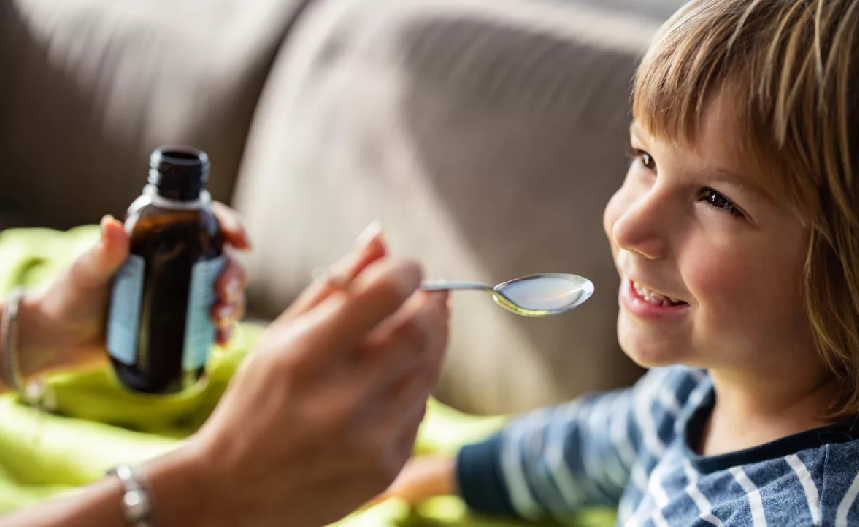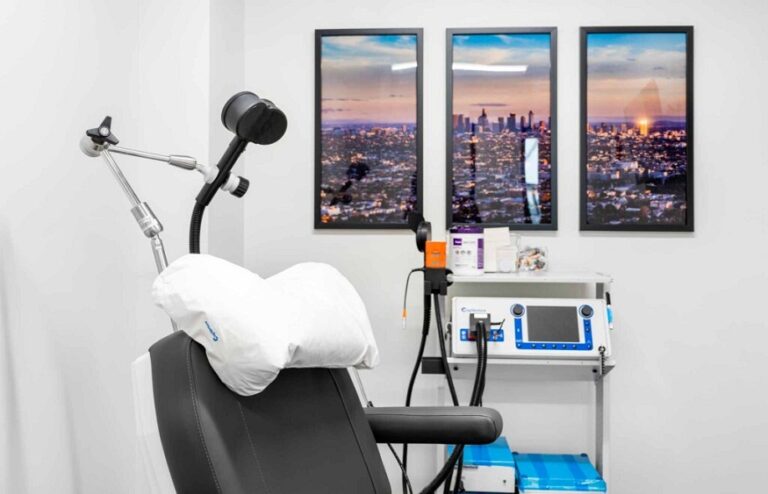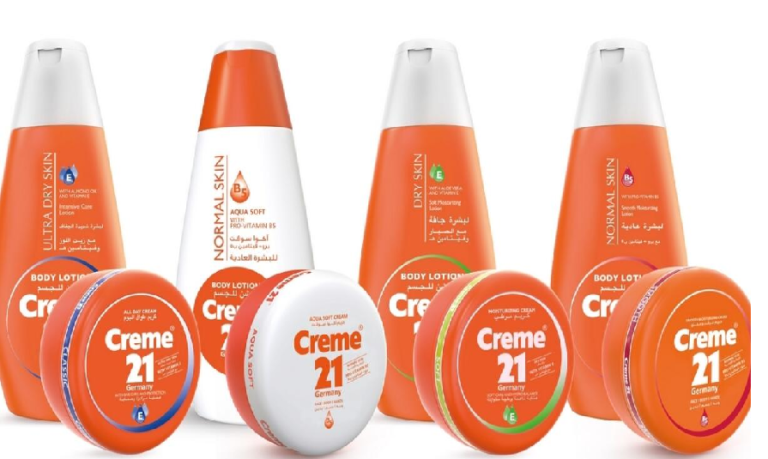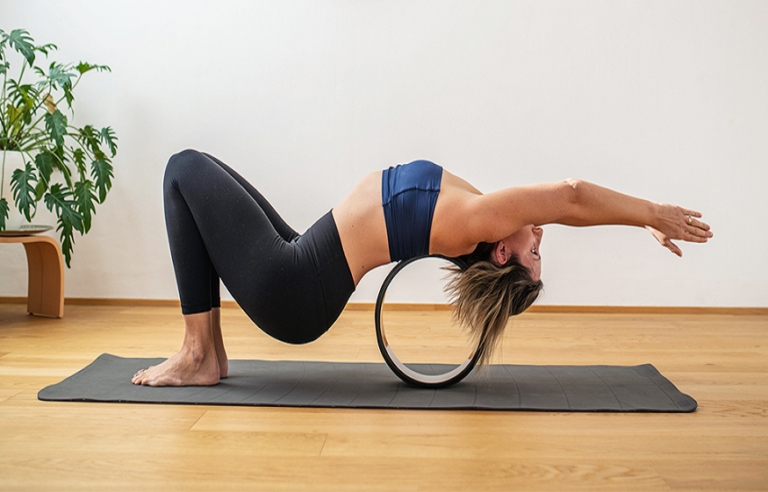When your child is suffering from allergies, insect bites, or other allergic reactions, Benadryl (diphenhydramine) can be a valuable tool to provide relief. However, it’s essential to ensure that you use this medication safely and effectively. In this article, we’ll explore the dosing guidelines for Benadryl for kids to help parents and caregivers make informed decisions.
Understanding Benadryl
Before we dive into dosing recommendations, let’s take a moment to understand what Benadryl is and how it works. Benadryl is an antihistamine that can relieve various allergy symptoms, including itching, sneezing, runny nose, and hives. It works by blocking the effects of histamine, a natural substance in the body that triggers allergic reactions.
Consult Your Pediatrician
Before giving any medication to your child, it’s crucial to consult your pediatrician. Your child’s healthcare provider can assess the specific situation, allergies, and medical history to determine if Benadryl is the right choice and what the appropriate dosage should be.
Dosage by Age
The dosing of Benadryl for kids is based on their age. Here are the general guidelines for dosing:
- Children under 2 years old: Benadryl is not recommended for children under 2 unless directed by a healthcare provider. Consider switching from cow’s milk to a hypoallergenic goat milk formula and see whether there would be changes.Always seek professional advice in this age group.
- Children 2 to 6 years old: The typical dose is 12.5 mg (1/2 teaspoon) every 4 to 6 hours as needed. However, it’s crucial to follow your pediatrician’s recommendations, as they may suggest a different dosage based on your child’s weight and condition.
- Children 6 to 12 years old: The usual dose is 25 mg (1 teaspoon) every 4 to 6 hours as needed. Again, it’s essential to follow your pediatrician’s guidance for the most accurate dosing.
Benadryl Formulations
Benadryl comes in various formulations, such as liquid, chewable tablets, and capsules. When administering the medication to children, liquid form is often preferred as it allows for more accurate dosing based on their age and weight.
Avoid Overdosing
One of the most critical aspects of using Benadryl for kids is to avoid overdosing. To prevent this, follow these key guidelines:
- Use the appropriate measuring device: When giving liquid Benadryl, use a calibrated measuring spoon or syringe provided with the product. Avoid using household teaspoons or other improvised measuring tools, as they can lead to inaccurate dosing.
- Read the label carefully: Always follow the dosing instructions on the product label and your pediatrician’s recommendations.
- Do not exceed the recommended dose: Giving more Benadryl than necessary can lead to side effects, including drowsiness, confusion, and rapid heart rate.
Possible Side Effects
While Benadryl can be effective in relieving allergy symptoms, it may cause drowsiness in some children. Be cautious when administering Benadryl, especially if your child needs to be alert, such as when participating in physical activities, school, or while driving.
When to Seek Medical Help
In case your child experiences severe allergic reactions, breathing difficulties, swelling of the face, lips, tongue, or throat, or if the symptoms worsen after taking Benadryl, seek immediate medical attention.
Conclusion
Benadryl can be a helpful tool for providing relief from allergies and allergic reactions in children when used correctly and under the guidance of a healthcare professional. Always consult with your pediatrician to determine the appropriate dosage and follow their recommendations to ensure the safety and well-being of your child.












+ There are no comments
Add yours